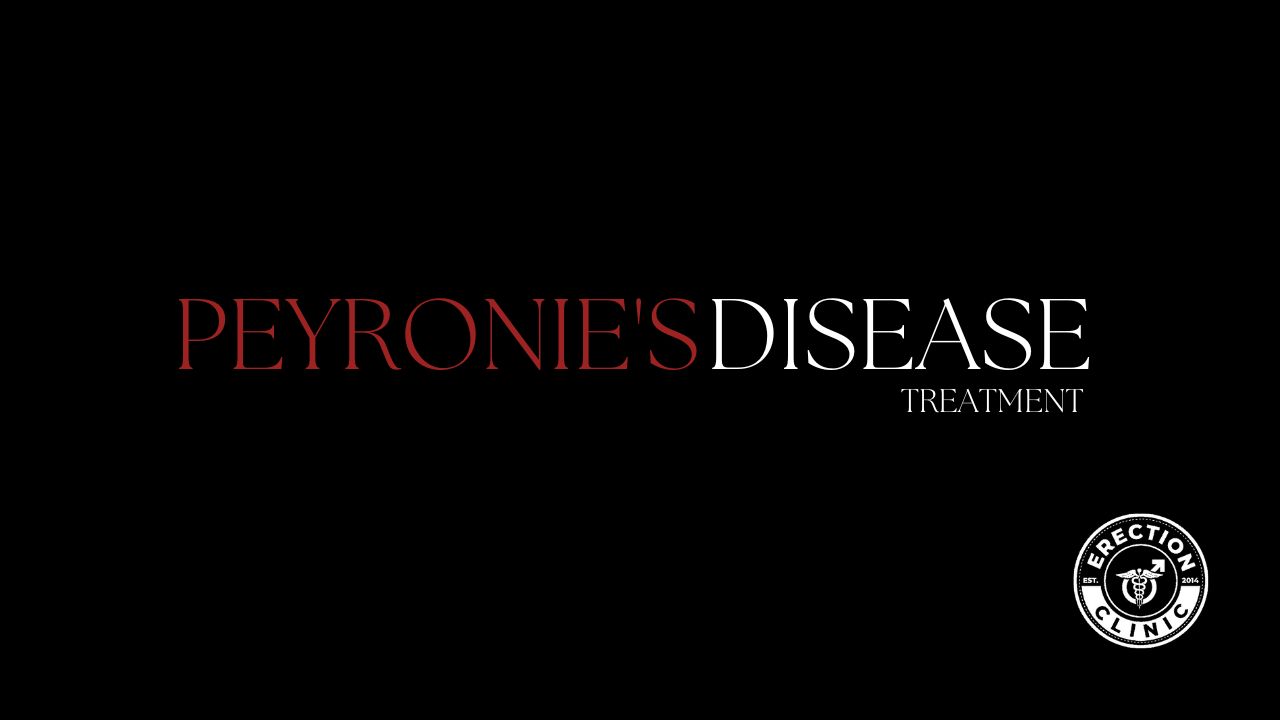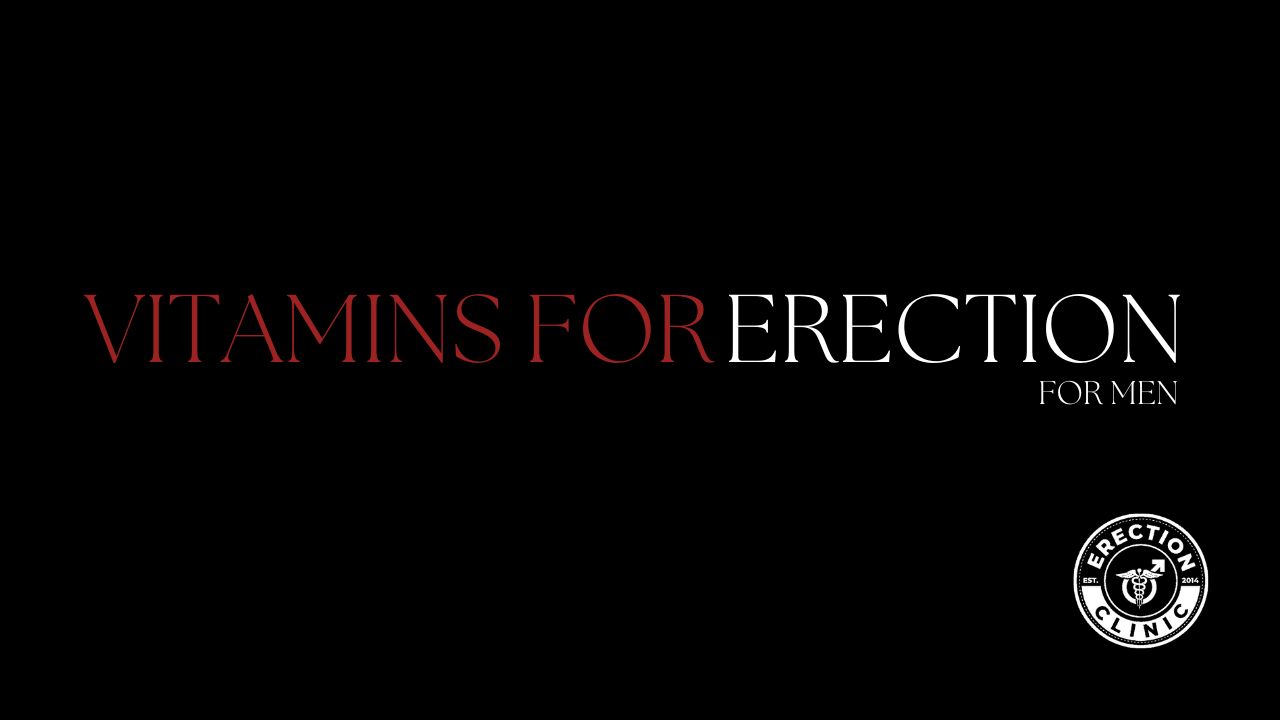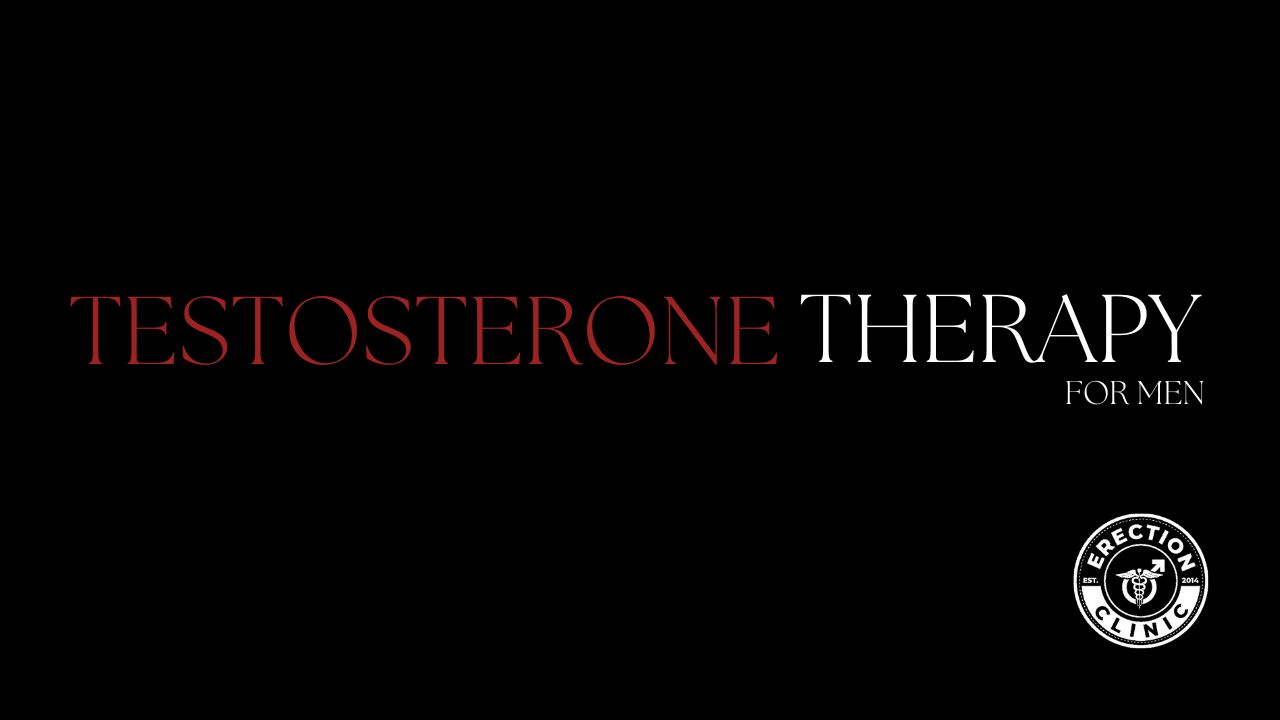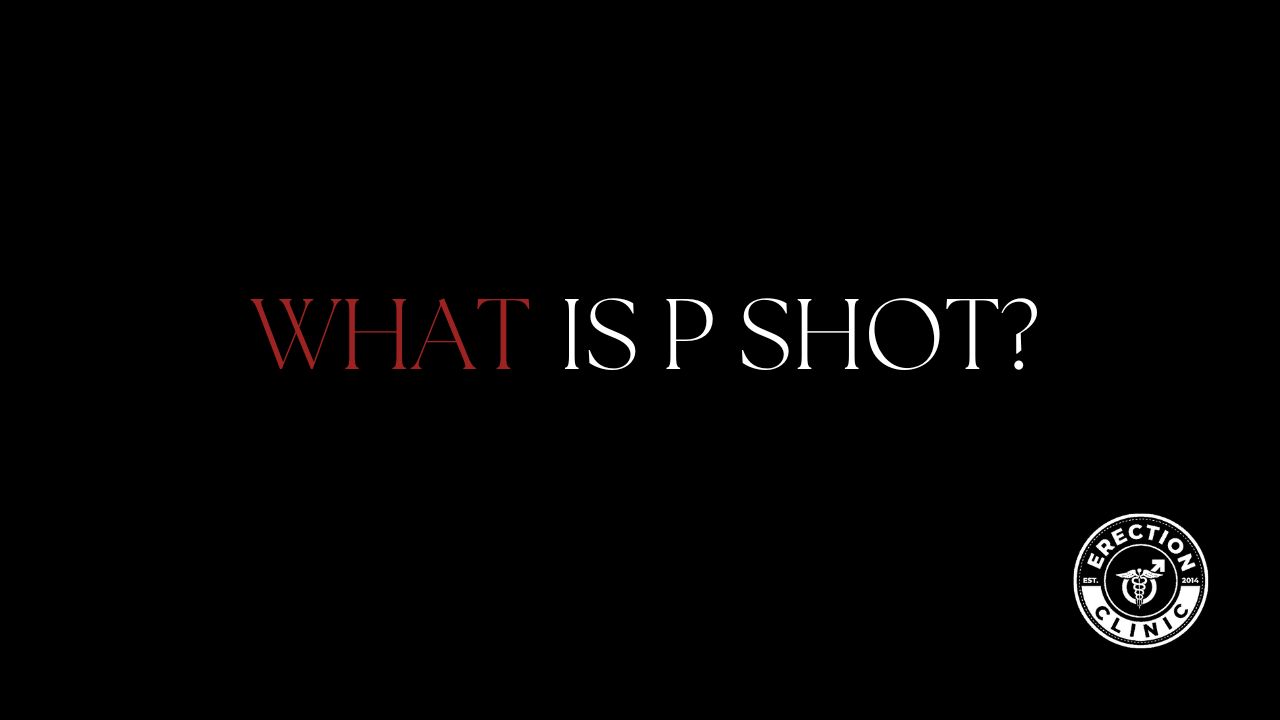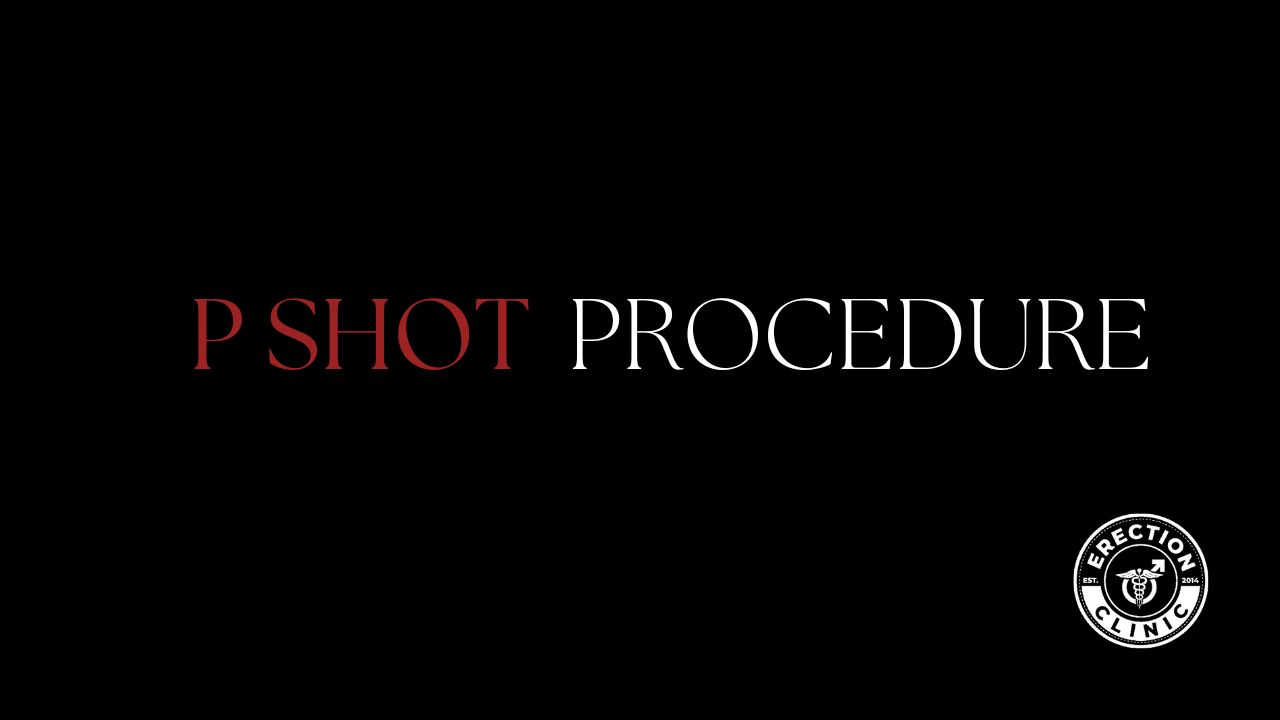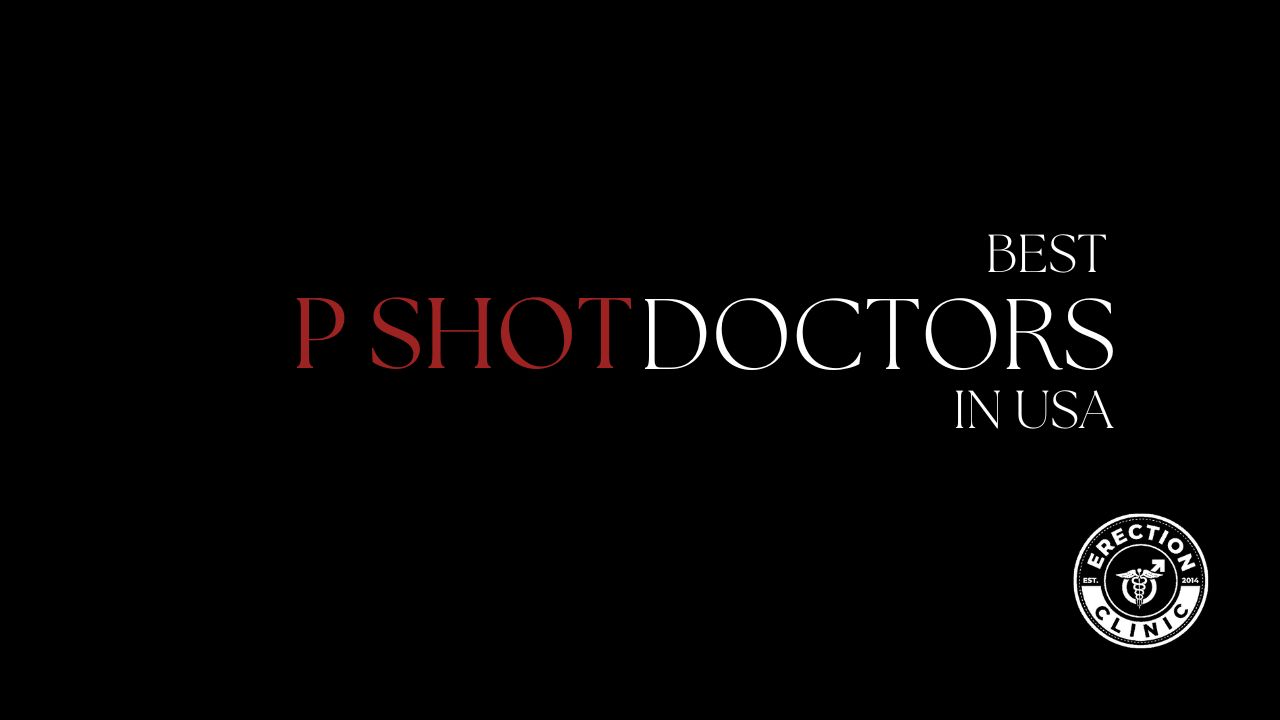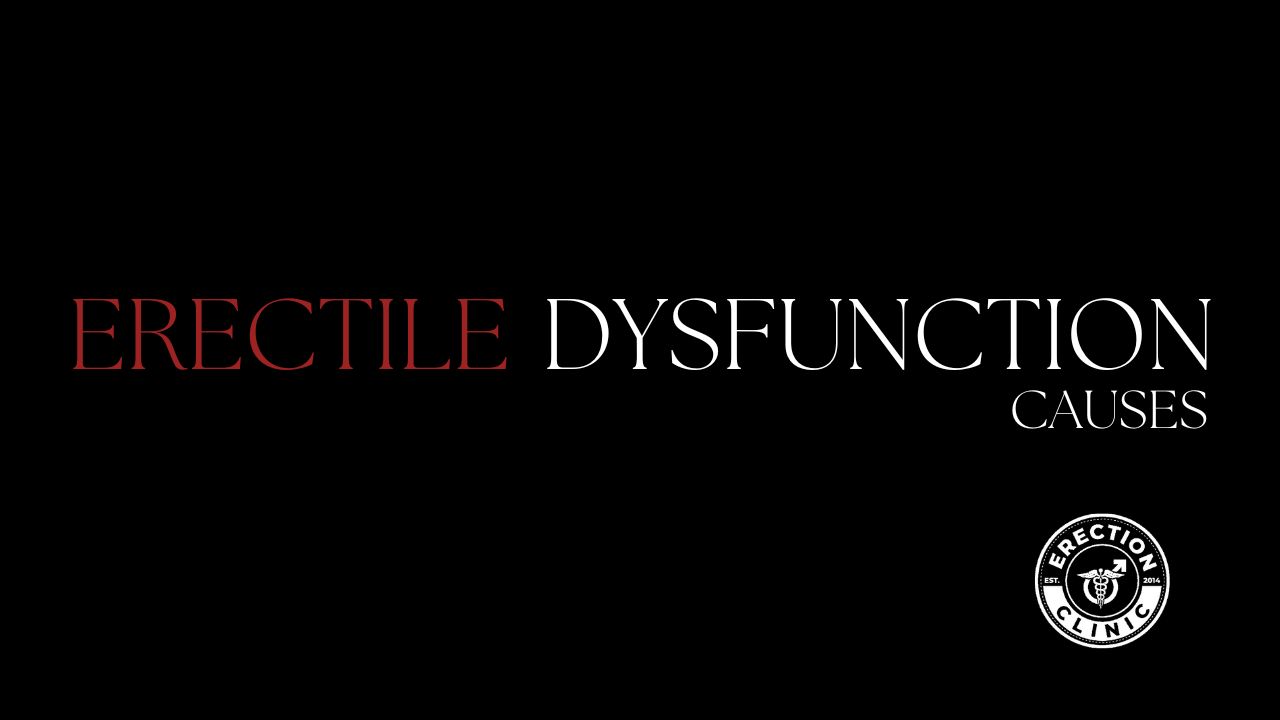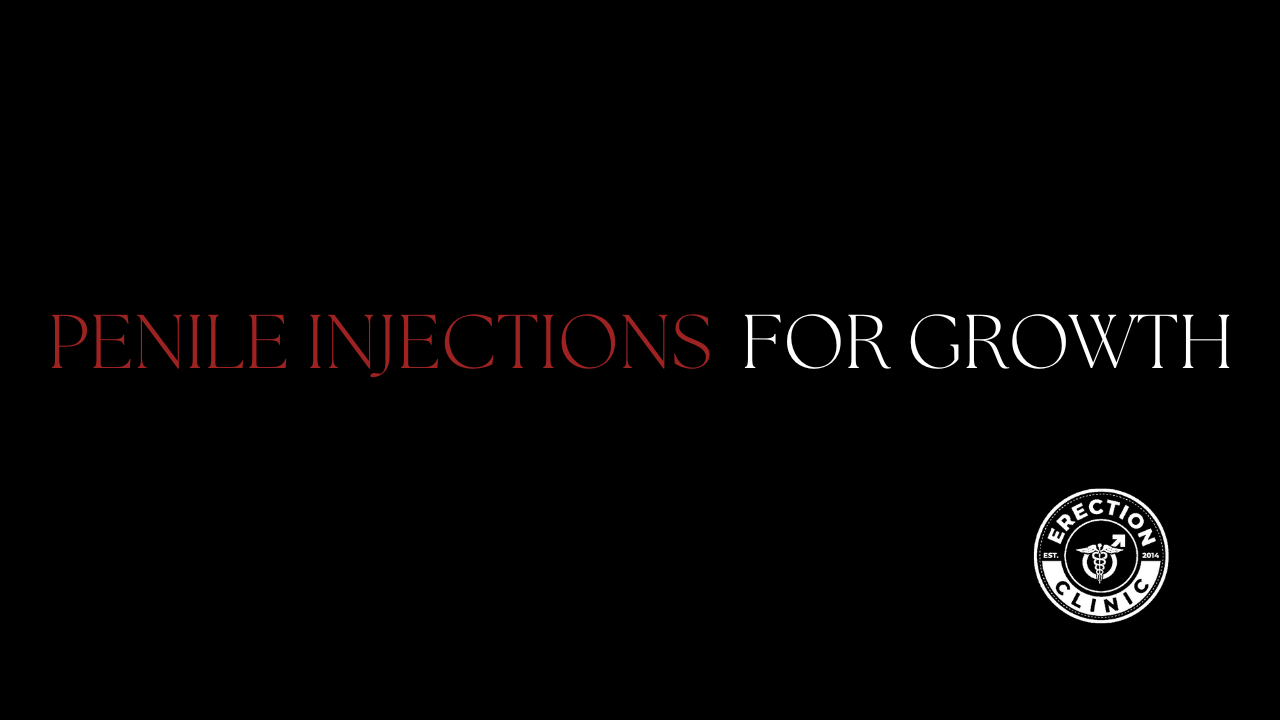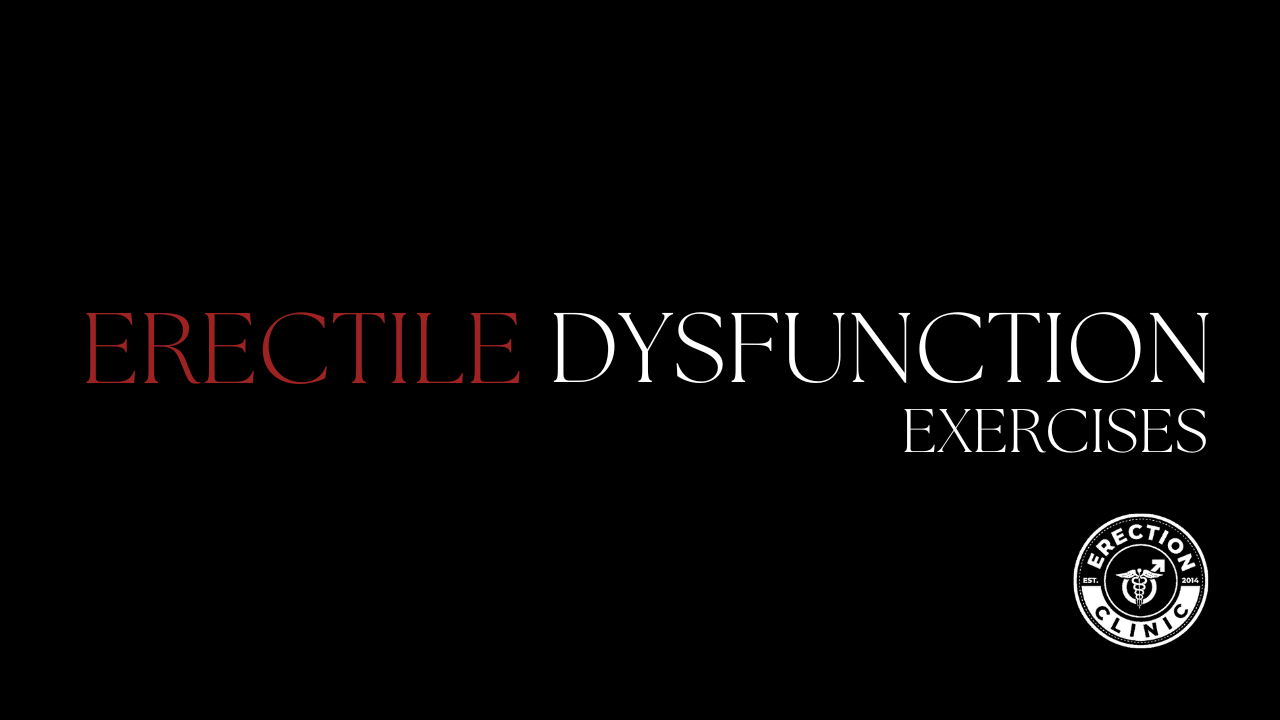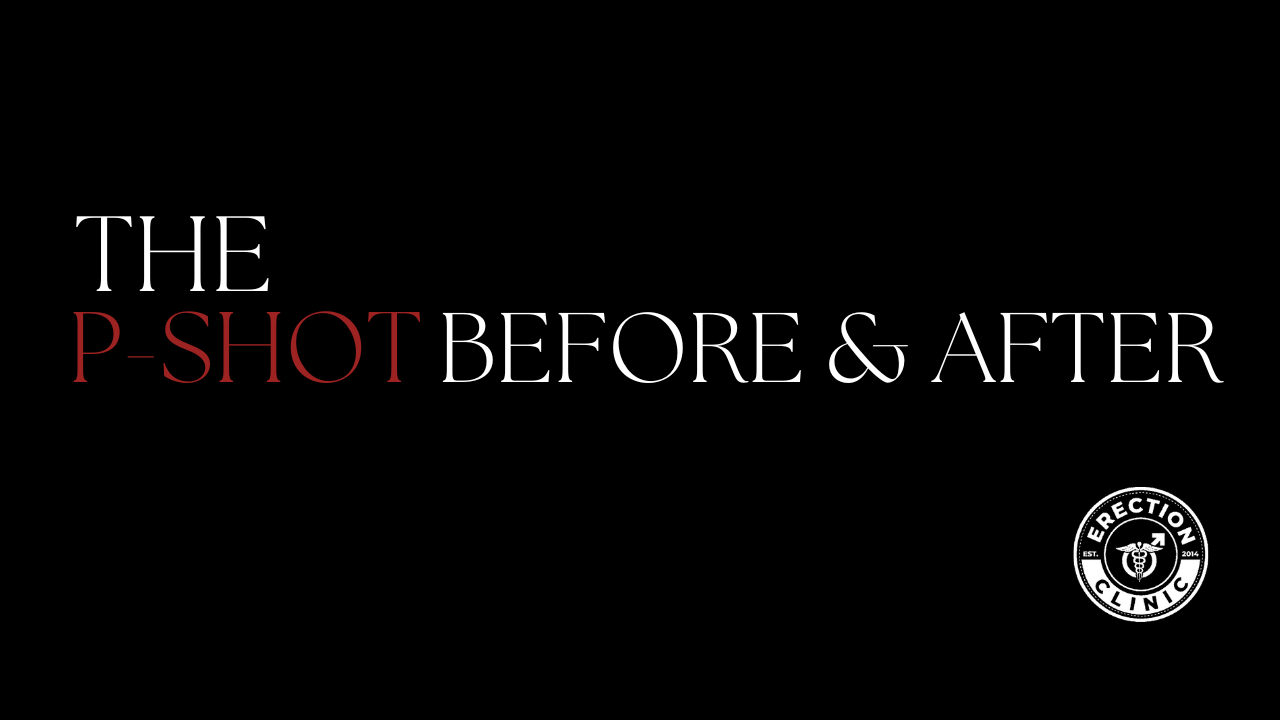Priapus Shot for Peyronie’s disease treatment is a modern non surgical cure, this is an injectable solution performed in minimum time. Peyronie’s disease is a male sexual condition that affects a large number of men in the world. The symptoms of this medical condition are pain, significant curvature of the penis, and erectile dysfunction. P Shot can be the best solution for those who are suffering from above mentioned symptoms.
Peyronie’s disease occurs from the development of fibrous scar tissue (plaques) in the tunica albuginea causing a deviation that can interfere with sexual function and cause emotional discomfort. In this guide we will deeply explore Peyronie’s disease, its causes, symptoms, and traditional treatments and understand is P Shot / Priapus Shot effective treatment Peyronie’s disease.
Understanding Peyronie’s disease
Peyronie’s disease is experienced by men when fibrous scar tissue plaque develops under the skin of the penis affecting it to bend or curve. The actual cause of this condition is not properly identified. Here are some causes and risk factors that can contribute to penile curvature.
- Microtrauma or Injury: Repeated injuries during intercourse or other physical activities can lead to plaque formation.
- Genetics: Because of genetics a family history of Peyronie’s disease increases the likelihood of developing the condition.
- Autoimmune Response: Some medical studies suggest an immune system reaction may mistakenly cause inflammation and scar tissue buildup.
- Aging: Increasing age is also a cause that contributes in affecting men’s sexual health negatively such as low libido, ED, decrease desire of sex.
Peyronie’s Disease Symptoms to Look Out For
You must be aware of the symptoms of Peyronie’s Disease in order to know if you have this disease or not. Awareness of Symptoms of Peyronie’s Disease.
- Penile curvature: Curve in penis is the most common symptom causing discomfort during erections.
- Pain: Pain is also another symptom of PD some men can experience pain during erections or even in a normal penile condition.
- Erectile dysfunction (ED): The curvature and plaque can disrupt blood flow, leading to difficulty in maintaining erections.
- Shortening of the penis: The scar tissue can shrink penile length and girth, this is common with older people.
- Plaque buildup: Hardened fibrous tissue can be felt beneath the skin.
How does the P Shot Work for Peyronie’s Disease Treatment?
Blood Draw: A small amount of your blood is drawn, normally from your arm. A centrifuge is used to separate the platelet-rich plasma (PRP) (which is high in growth factors) from this blood.
Injection: The PRP is subsequently injected into the penis to the areas of scar tissue caused by Peyronie’s Disease. The injections usually happen under local anesthetic to reduce any pain.
Healing Process: The growth factors contained in PRP are thought to accelerate healing and tissue regeneration. They promote collagen production, dissolve fibrous plaque and stimulate renewal and proliferation of tissue in the target area. The curvature of the penis may diminish over time, and symptoms such as pain may resolve.
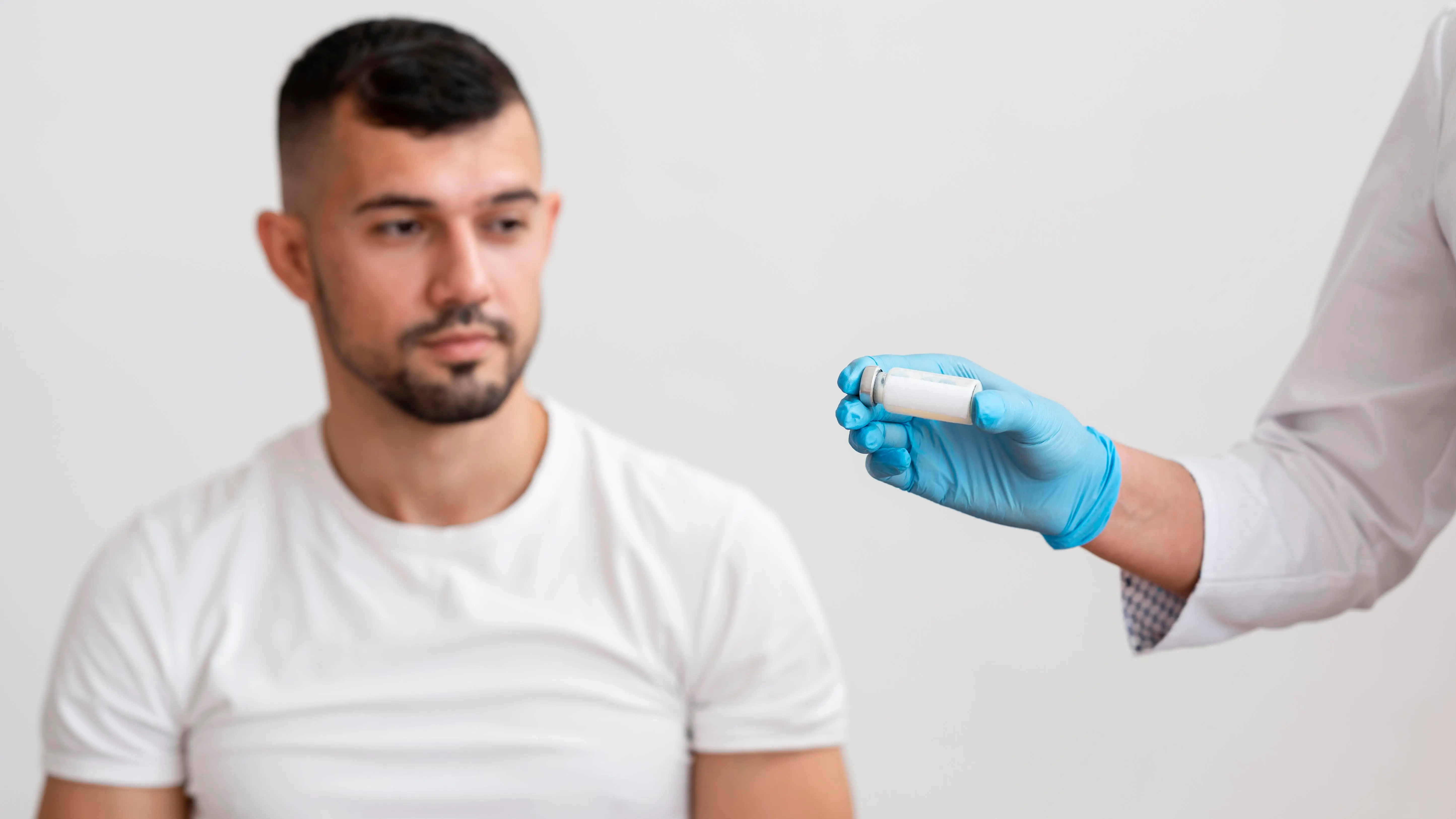
Priapus Shot Benefits For Peyronie’s Disease Treatment
The Priapus Shot has multiple potential advantages for men with Peyronie’s Disease:
- Improvement in Penile Curvature: The P Shot can decrease that curvature you may have in the penis that is caused by the fibrous plaques.
- Pain Relief: For many men, the P Shot reduces pain when having an erection improving both sexual function and comfort.
- Enhanced erectile function: The PRP contains growth factors that improve the blood supply to the penis that can enhance erectile function and reduce the risk of erectile dysfunction.
- Minimal Invasiveness: The P Shot is a non-invasive treatment that does not involve incisions or long recovery periods.
- Natural Healing: As PRP is extracted from the own blood of the patient, it carries low chances of allergic reactions or any other complications.
Traditional Peyronie’s Disease Treatments
There are several treatment options for Peyronie’s disease, including:
- Oral Medications
Pentoxifylline: Improves blood flow, may shrink plaque.
Vitamin E: A historic option with little clinical evidence of effectiveness.
- Injections
Collagenase (Xiaflex): Approved for PD, Xiaflex works by dissolving collagen in plaques, enhancing curvature.
Verapamil or Interferon Injections: They may reduce inflammation and plaque formation
- Shockwave Therapy (ESWT)
Sound waves are used to break down the plaques and improve blood circulation. Results remain inconsistent.
- Surgical Procedures
Severe cases in which curvature inhibits intercourse are treated with surgery. Procedures include:
Plication Surgery: This involves straightening the penis by tack suturing the unaffected side
Plaque Excision & Grafting: This involves removing scar tissue and replacing it with graft.
Penile Prosthesis: An implant for men with severe ED and Peyronie’s
These treatments can be invasive, expensive, or have possible side effects. This is the reason many patients are arbitrarily trying other therapies like the Priapus Shot.
Is the Priapus Shot Effective for Peyronie’s Disease?
Though the results of the Priapus Shot have been encouraging, it is quick to emphasize the fact that results may not vary from patient to patient. Many patients report a decrease in penile curvature, less pain, and improved erectile function after the procedure. However, results from the P Shot are dependent upon the severity of the disease, and the location of plaque in the penis and the health of the individual.
Some studies and open clinical evidence suggest that the P Shot is especially effective in the early stages of Peyronie’s Disease, when the plaque is soft and malleable. In the more advanced cases, this results in less predictability.
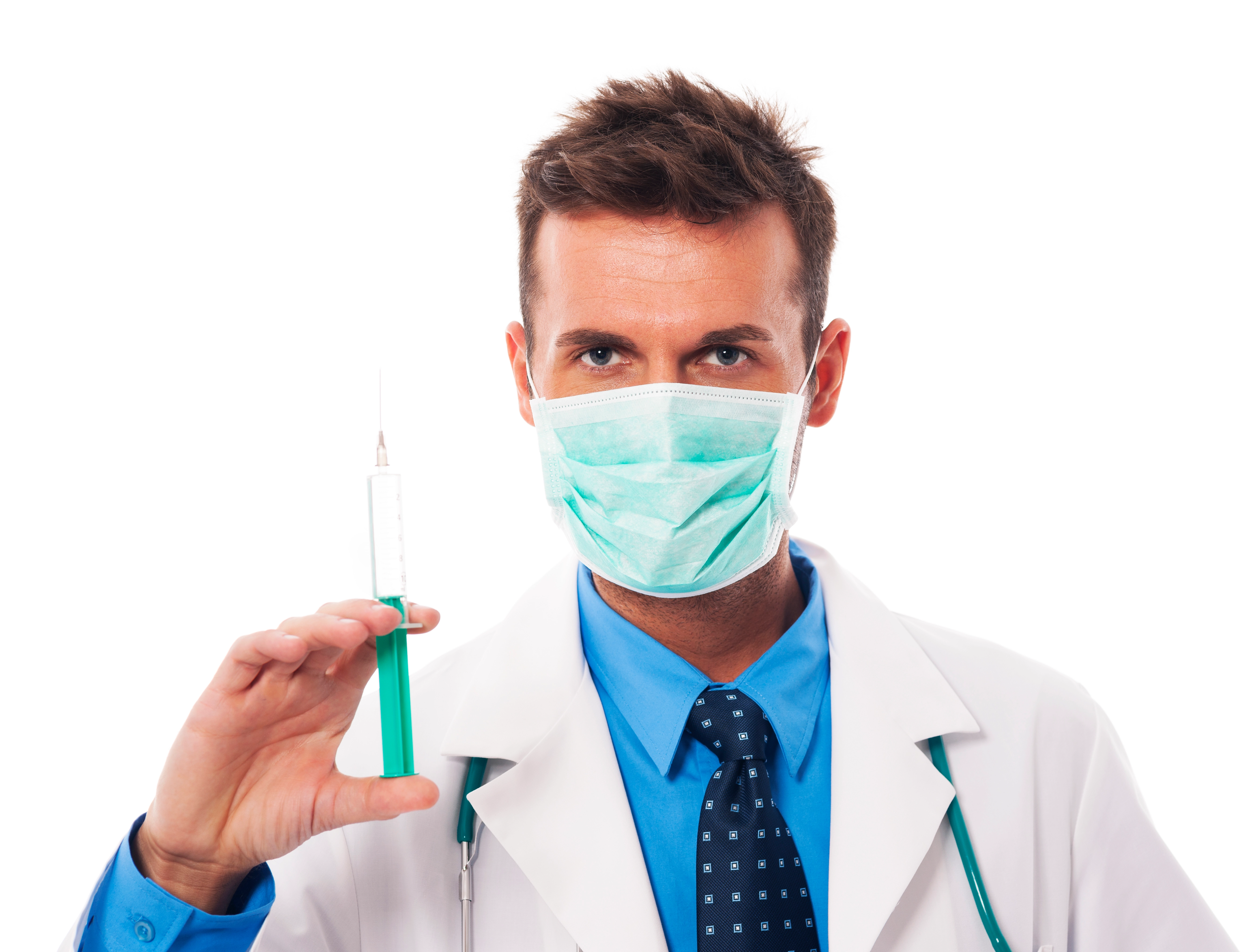
Risks and Side Effects of the Priapus Shot
Potential Risks & Side Effects Although the Priapus Shot is safe, there are a few potential risks and side effects associated with it that patients should know about:
- Mild Pain or Discomfort: A few men might feel slight pain or discomfort at the injection point, but this typically subsides within a few days.
- Swelling or Bruising: Slight swelling or bruising at the injection site is normal and should resolve within a few days to a week.
- Infection: As with any injection procedure, there is a slight risk of infection. However, this risk is lessened when the procedure is done in a sterile environment.
- Temporary Effects: Although most men see considerable effects after just one P Shot, quite a few more are often needed in order to attain complete benefit.
Who is a Good Candidate for the Priapus Shot?
The Priapus Shot is not for everyone. The best candidates are often:
- Men who have mild to moderate Peyronie’s Disease
- Are seeking a non-invasive treatment alternative
- Have not responded to other treatments, such as oral medications or penile traction therapy
- Are in general good health
It is crucial to consult with a doctor who specializes in Peyronie’s Disease to ascertain if the P shot is appropriate for you.
Summary
For men with Peyronie’s Disease, the Priapus Shot provides an alternative that’s both effective and non-surgical. The P-Shot utilizes the body’s regenerative healing properties with PRP therapy, and it works in a way to help decrease pain, penile enlargement and enhance sexual function. Not all patients can be cured with the treatment, however, it is a breakthrough in the treatment of Peyronie’s Disease.
If you have Peyronie’s Disease by Getting a Treatment, Perhaps you have to consider the priapus shot. Consult a qualified medical professional who can answer your questions and help you make the treatment decision that is best for you.
